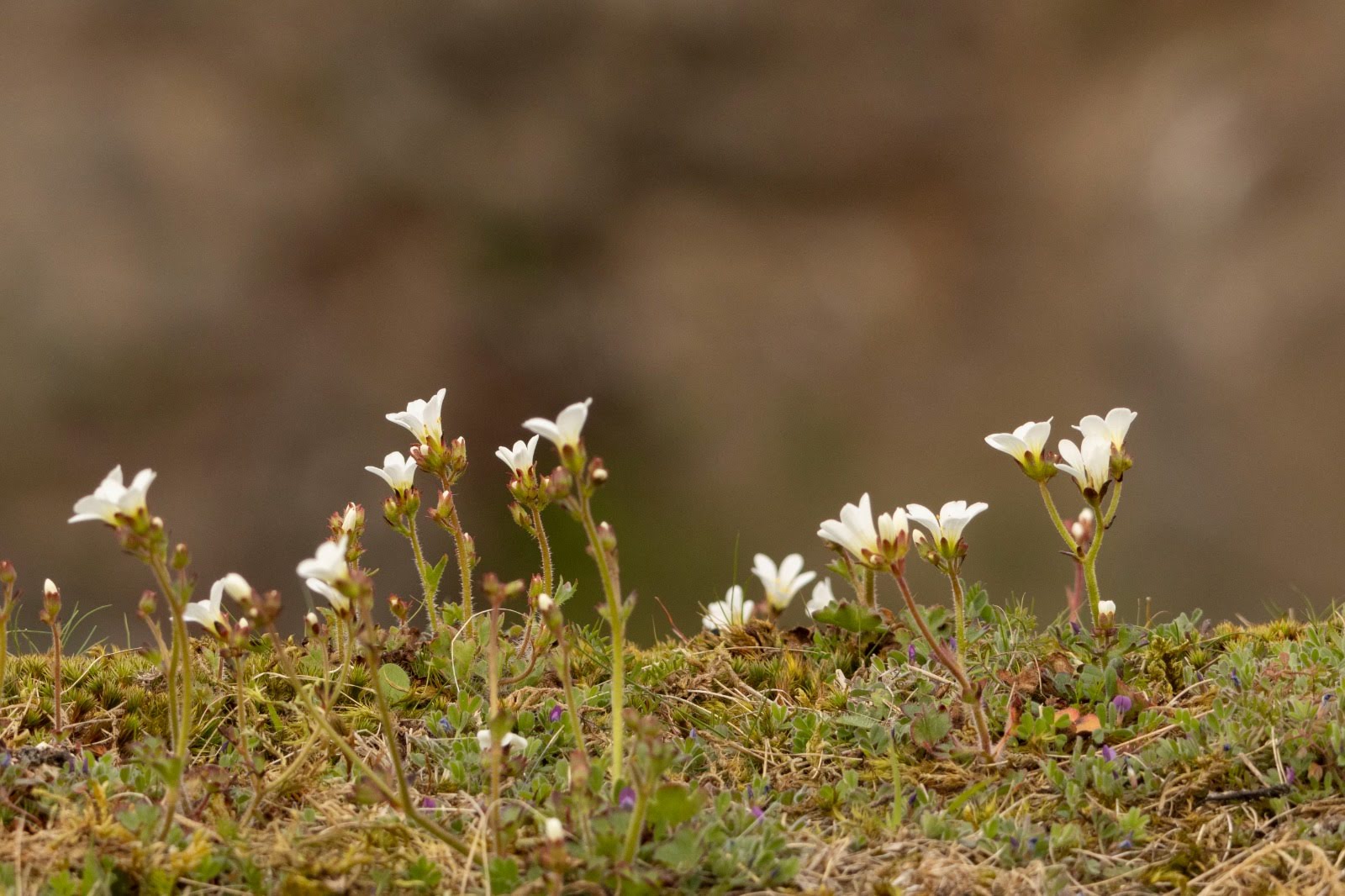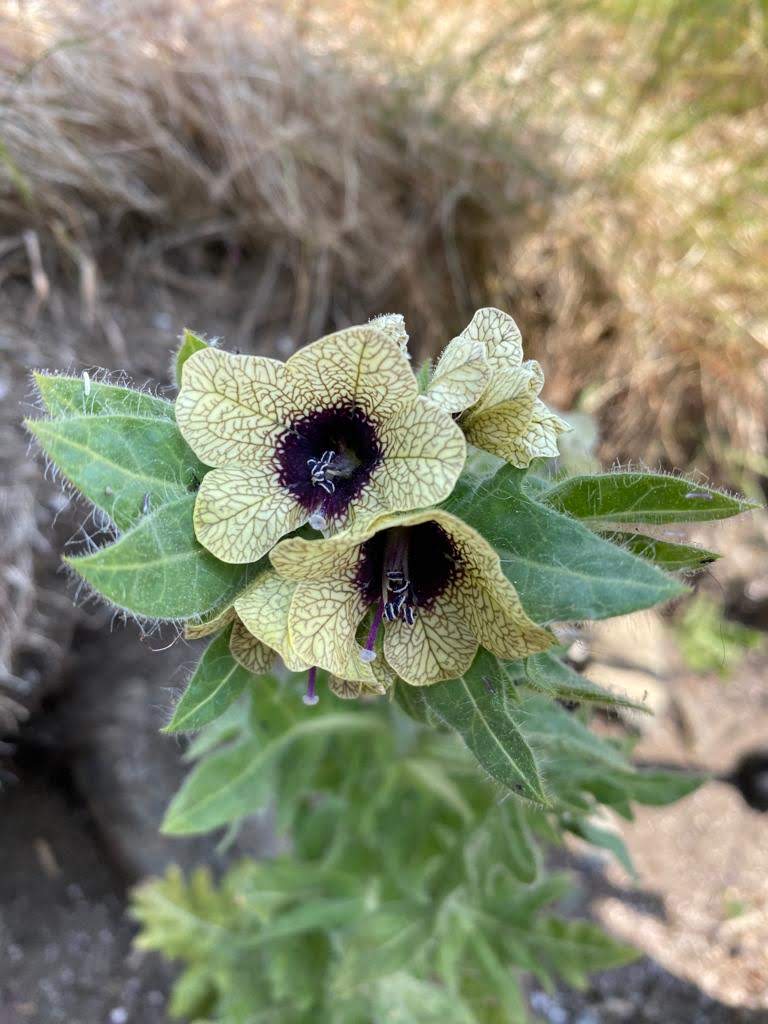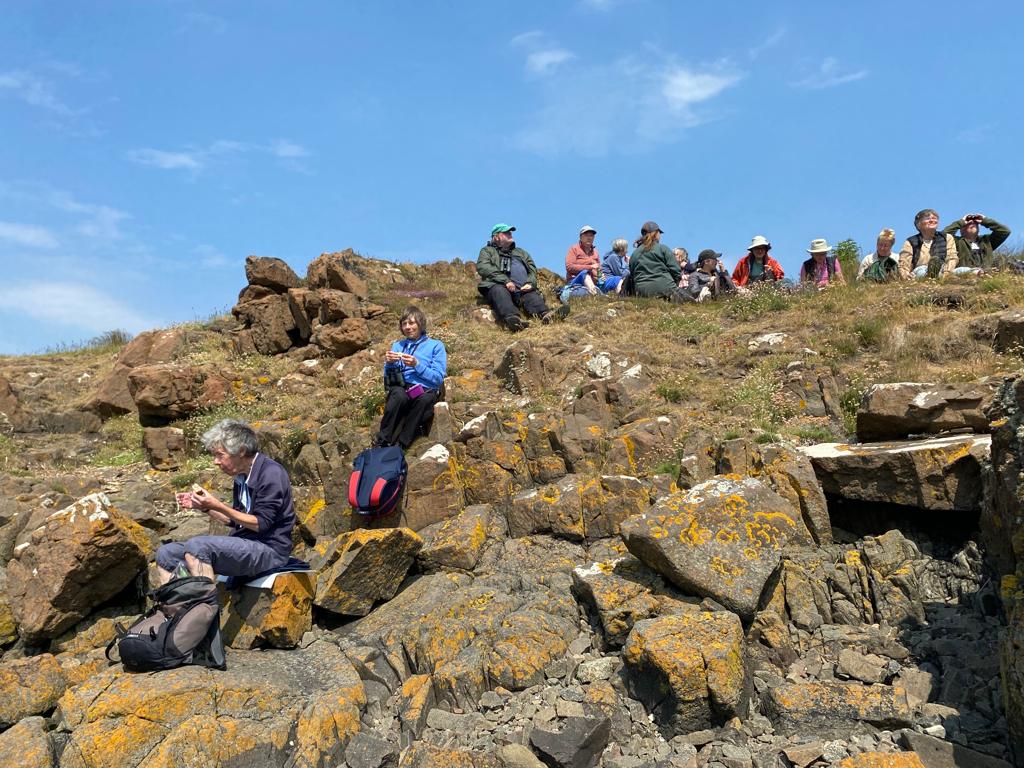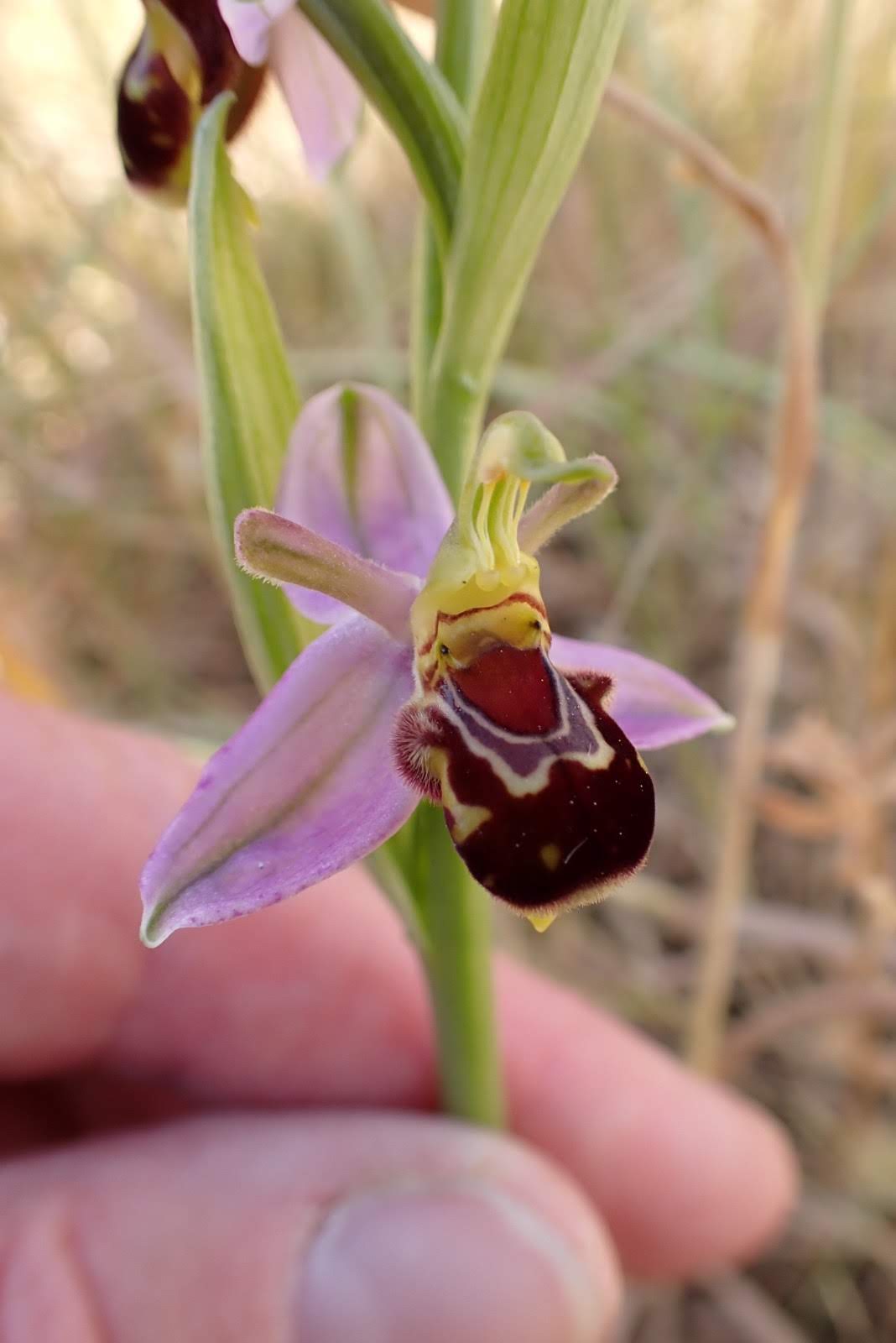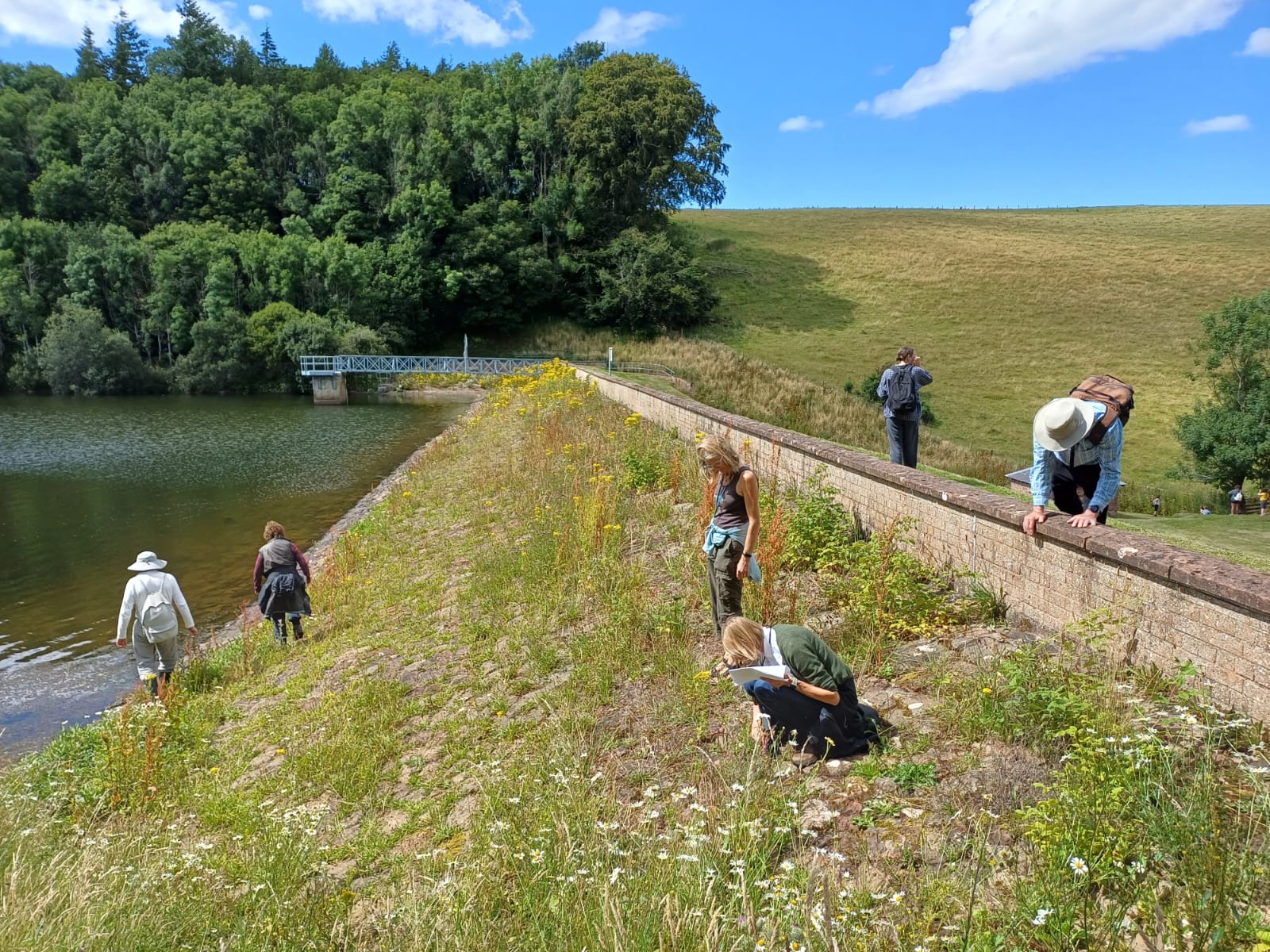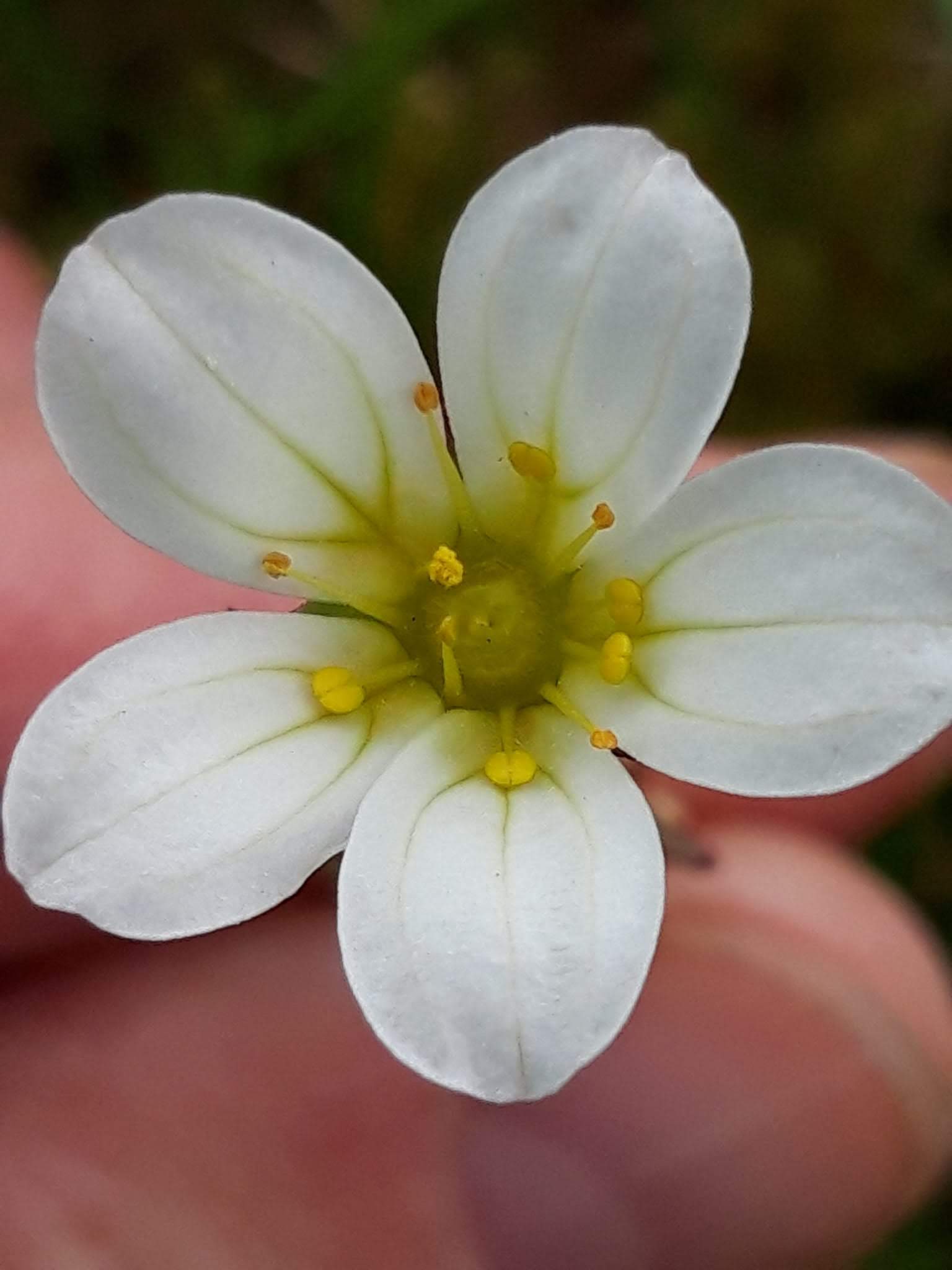We have come to the end of our Wild Flower Walks for the Summer of 2023 and we are very pleased that you came along with such enthusiasm to learn. There were a good variety of venues from seaside, islands, wooded glens, reservoirs, wildflower meadows, tree ID in Edinburgh, upland on The Lammermuirs and The Pentlands, to aquatics at Cammo. The weather was so dependable that it made planning easy. The visit to Cramond Island in June was interesting in re-finding Henbane which used to be much more common along the coast. We shall work at a new list of walks. However, remind yourselves of the botanical names by going out over the Winter, and keep in touch with Sue and myself. Posters were made in the Spring, advertising the walks and put up on the Ranger boards, and we shall reprint those next year.
In June, we held a BSBI meeting at West Barns, Dunbar and made a circuit of the saltmarsh, the dunes and the marsh in the plantation. Caspian made a guide for this and if anyone would like a copy to follow and recognize the plants, let Marion Moir know.
The BSBI Scottish Conference takes place on Saturday 4th November at RBGE in the main lecture theatre, accessed from Inverleith Row, courtyard entrance NT2488 7551. Booking will be online and will be available soon. There will be a programme of lectures throughout the day, plus exhibits of interesting finds, and workshops over the lunch period. Bring a packed lunch, but refreshments are provided.
The year started off in January with a walk from Castlelaw on The Pentlands looking at plants that could be identified by leaf – Winter recognition which makes it easier in the Spring and to say “I know that”. Everything appears so fast after that, it helps to know some of the common plants. The Spring plants, such as Celandine, are worth looking for as they disappear later.
Target Species: Myosotis ramossissima (Early Forget-me-not), Adoxa moschatellina (Townhall Clock), Saxifraga granulata (Meadow Saxifrage), Catapodium rigidum (Fern-grass) and Parnassia palustris (Grass-of-Parnassus). I am sure there were more but memory fails. We found most of the old records, except for Grass-of-Parnassus which seems to be mainly in the Lammermuirs.
Monads: Sue has been very busy putting plants into her empty Monads and there are several still to do around Stow which you can help with next year. In East Lothian, I have looked at the area around Whiteadder and beyond behind Dunglass. The hills are a great place to learn Sedges, so if that is your ambition for next year, then mention it to us and we can incorporate more hill walks in the programme.
Gagea lutea (Yellow Star-of-Bethlehem): Many in the group were shown a good number found at Cowpits on the River Esk, amongst the Allium paradoxum (Few-flowered Garlic). The old records over the wall into the Dalkeith Estate were also confirmed.
Bee Orchids: special mention must be made of how much Ophrys apifera (Bee Orchid) has increased as a result of the last two hot summers, and over 100 were counted near Seton. I am told by the Recorder in Northumberland that they had a large count too. Midlothian has had its first record, 20 plants in a waste site in Granton; they have fine seed, so spread with the wind. I asked the Referee whether the faces of the Bees could be matched to areas, and we could find likenesses in the Northumberland or the Ayrshire Bees, but he thought not.
Papple Steading: we were invited to see their large wildflower meadow, and they gave us refreshments in the lovely wooden pavilion. Afterwards, the East Lothian Courier wrote an article on the success of the meadow, planted by Scotia Seeds with natural grasses and flowers, and we contributed with photos and comments on how the dominant plants such as Dock had not taken over. Anyone is free to visit next year but now it has all been mown.
Invasives: A meeting was held by the East Lothian Council in Musselburgh - to prevent the spread of Giant Hogweed. We report any findings to the Project.
WhatsApp: the group app has been a great success for discussion of interesting plants and group bonding. However, records with Grid References should be sent by email to Sue Jury or myself.
Aberlady Reserve: John Harrison invited us in July for a visit; this was quite a privilege as he doesn’t normally allow people to wander when the birds are nesting, and he showed us several rare plants. As a result of this, I went back and reviewed the Sedges by sending specimens away to the BSBI Referee, and the Database was changed. At lunch, we discussed the invasion of the Tyne Estuary by Spartina anglica (Common Cord-grass), and John has led a team of Rangers to dig the plants out. He is worried that it will creep along the coast to Aberlady and affect the feeding grounds of the seabirds.
Recording has also been done alongside the Botanical Society of Scotland (BSS) at Holyrood Park and Loanhead, as well as with the Edinburgh Natural History Society (ENHS).
We shall finish by saying a thank you for spotting and sending in records to us. Hope to see you in November at the Conference.
With best wishes
Sue and Marion
